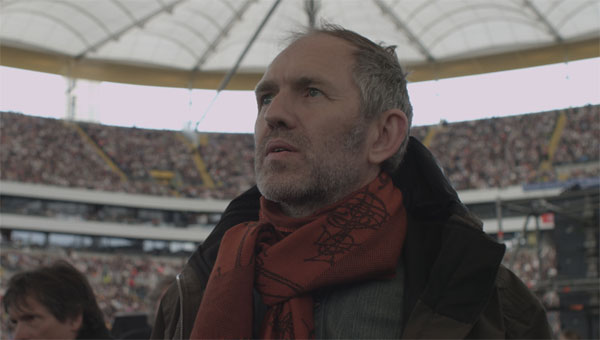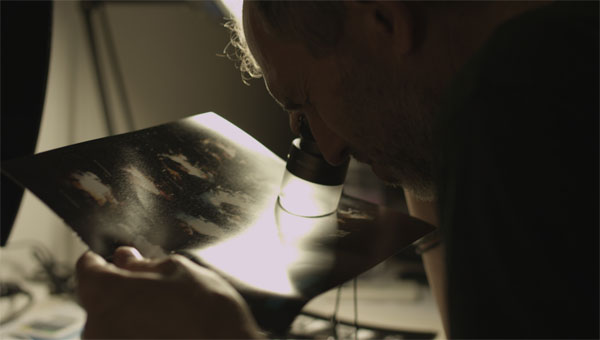Anton Corbijn: Inside Out Review

Unlike the musical superstars he’s made a career of shooting, photographer Anton Corbijn is not a man who craves the limelight.
This much is made obvious in Anton Corbijn: Inside Out, a revealing documentary that turns the camera back on this prolific music photographer and explores his remarkable career.
Shot over a three year period, documentary maker Klaartje Quirjins builds up a portrait of a man deeply immersed in his work and intensely solitary.
Corbijn says he was always drawn to music, to the shared emotional experience that comes with listening and to the musicians themselves because he can identify with the pain that goes hand in hand with creation.
This understanding is perhaps what gives this iconic Dutch photographer the insight to draw out his subject’s personality so deftly.
Bono says of their long working relationship that he hopes to one day become the person Corbijn has captured in his pictures.
Through interviews with bands he’s previously worked with, Quirjins builds up Corbijn’s professional standing. Arcade Fire speak of his easy nature and ability to put subjects at ease while Depeche Mode credit Corbijn with helping create their image and make them as a band.
But Inside Out is more concerned about what drives the man behind his prolific output. As such, the main thrust of the film is more concerned with Corbijn’s personal life, with most interviews featuring his immediate family rather than the bands who feature so prominently in his work.

His brother and sister paint a portrait of a lonely childhood and rebellion against his religious pastor family, while Corbijn himself states how he’s always been a loner.
While his siblings are happy to open up to discuss their famous brother, Corbijn himself never feels quite as comfortable in front of the camera.
Extremely hesitant to talk about himself throughout, this becomes more pronounced to get worse through the documentary as Quirjins pushes him harder to talk about what drives him to become who he has.
This creates a strange friction that can be frustrating as the man so skilled behind the camera struggles with being the subject himself.
As awkward and reticent as he is on camera, Corbijn is a master of drawing out his performer’s mood or personality and Inside Out may have done better to actually explore this work in a little more detail.
His lush and seminal film Control is glossed over early in the piece, while Corbijn’s considerable body of work with Depeche Mode doesn’t receive much air time either.
There’s a sequence that documents Corbijn working on The American and selecting art work for Metallica-Lou Reed collaboration, and I wanted to see more of this.
Still, Inside Out is a fascinating and poetic portrait of a complex man and a worthwhile documentary.
Quirjins captures the life and personality of an exceptional and inspiring talent who helped to realise the visual ambitions and mood of some of the most major bands in the world today.
But I guess sometimes there’s a reason why photographers choose to be behind the camera.
Rozzy Middleton